You’ll need seven essential VR physics sync methods to maintain seamless multiplayer experiences: deterministic lockstep simulation for perfect synchronization, client-server authority models with host override capabilities, state synchronization using delta compression to reduce bandwidth by 85-90%, distributed simulation networks for real-time collaboration, snapshot interpolation techniques at 10Hz with client-side smoothing, ownership-based physics control where the last interacting player gains authority, and bandwidth optimization strategies including single-bit encoding for stationary objects. Master these techniques to transform your VR physics implementation.
Deterministic Lockstep Simulation
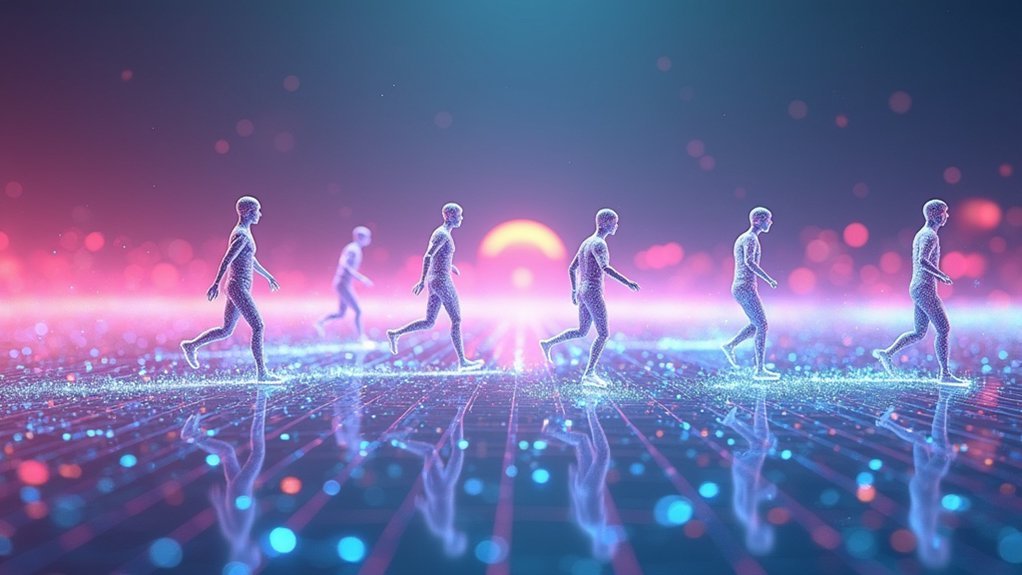
When you’re developing a VR application that requires tight synchronization between multiple clients, deterministic lockstep simulation offers an elegant solution by transmitting only player inputs rather than entire game states.
This approach dramatically reduces bandwidth requirements while maintaining perfect network synchronization across all connected users.
You’ll need to guarantee your physics engine produces identical results from the same inputs on every client.
All physical interactions must be processed in exactly the same sequence to prevent desynchronization.
However, deterministic lockstep faces significant limitations with non-deterministic physics engines like PhysX, which can introduce subtle variations between clients.
This method works best in low-latency environments where consistent timing is achievable, making it ideal for certain VR scenarios but unsuitable for others requiring more flexible physics simulation.
Client-Server Authority Models
You’ll need robust authority transfer mechanisms that can seamlessly shift object control between clients based on proximity or interaction patterns.
When conflicts arise between competing client inputs, you must implement resolution strategies that prioritize based on timestamps, player roles, or predefined hierarchies.
Your system should also include host override capabilities that allow the server to intervene and maintain authoritative control when client predictions diverge markedly from the expected game state.
Authority Transfer Mechanisms
Because VR environments demand real-time responsiveness while maintaining consistency across multiple users, authority transfer mechanisms serve as the backbone of effective client-server physics synchronization.
You’ll implement these systems to guarantee the last player interacting with an object gains control, dynamically updating ownership based on player actions.
Your authority transfer process requires players to relinquish control before others can assume ownership, preventing conflicts during networked physics interactions.
You’ll use sequence numbers for state synchronization, communicating current authority status across the network to maintain accurate updates.
These mechanisms enhance player engagement by enabling seamless interactions with virtual environments.
When you design effective authority transfer systems, you’re creating the foundation for truly immersive experiences where multiple users can naturally interact with shared physics objects without lag or conflicts.
Conflict Resolution Strategies
While authority transfer mechanisms establish ownership protocols, conflict resolution strategies determine how your client-server system handles disputes when multiple players simultaneously attempt to interact with the same physics object.
Your host maintains ultimate authority over the simulation, overriding conflicting guest actions to preserve consistency. Guests must accept host updates, ensuring proper synchronization despite potential lag issues.
You’ll need rapid state communication between clients to minimize disruptions during networked physics interactions. Clear ownership protocols prevent simultaneous control scenarios—authority transfers to the last interacting player.
Your conflict resolution system should prioritize smooth shifts and consistent game states. Effective client-server authority models emphasize quick dispute handling, reducing player experience disruptions while maintaining synchronized physics across all connected clients in your VR environment.
Host Override Systems
When disputes arise in your VR physics simulation, host override systems serve as the final arbiter, ensuring one authoritative version of reality prevails across all connected clients.
In client-server authority models, you’ll maintain control over game objects while guests accept updates that resolve conflicts from simultaneous interactions with shared objects.
You can dynamically switch authority to the last player interacting with objects, creating responsive experiences in real-time multiplayer environments.
When necessary, you’ll override guest authority to prevent unauthorized control, keeping game mechanics intact and fair.
This approach effectively reduces lag while enhancing synchronization of physics interactions, ensuring all players experience consistent object behaviors and maintaining the integrity of your VR world’s shared physics simulation.
State Synchronization With Delta Compression
Since VR physics simulations often involve non-deterministic engines like PhysX in Unity, you’ll need to synchronize both input commands and the actual simulation state between clients to maintain consistency.
State synchronization sends complete object states as snapshots, making implementation straightforward while ensuring accurate networked physics across all clients.
Delta compression dramatically reduces bandwidth usage by transmitting only the differences between current and previous states. This optimization becomes essential when you’re updating states up to 60 times per second.
You can further minimize data by encoding at-rest cubes with a single bit and applying quantization to position and velocity values.
This combination of state synchronization and delta compression delivers smoother visual shifts and improved interaction responsiveness in your VR environment.
Distributed Simulation Networks

Although server-authoritative models provide strong consistency, distributed simulation networks offer a more flexible approach where each player maintains authority over the objects they’re actively manipulating.
In this model, you transfer ownership to the last player who interacts with an object, preventing conflicts until the current owner releases control.
Your networked physics system communicates ownership states through sequence numbers, ensuring accurate synchronization across all participants.
Sequence numbers enable precise ownership tracking, synchronizing object states seamlessly across all network participants in real-time collaborative environments.
This approach excels in VR environments where you need seamless real-time collaboration without the resource overhead of client/server architectures or deterministic lockstep methods.
You’ll find distributed simulation networks particularly effective for cooperative VR experiences, allowing natural interaction between players and objects while maintaining smooth performance despite reduced security compared to server-authoritative alternatives.
Snapshot Interpolation Techniques
While distributed ownership works well for object-level authority, snapshot interpolation techniques take a fundamentally different approach by transmitting complete simulation states at regular intervals—typically 10 times per second—rather than relying on shared input processing.
You’ll reconstruct smooth simulation views by interpolating between these transmitted snapshots, effectively managing bandwidth while maintaining visual coherence across your VR environment.
This method tackles networked physics differently than deterministic lockstep by incorporating both input and state information.
You’ll find that snapshot interpolation considerably reduces latency issues, improving responsiveness during interactions. The technique guarantees smoother changes and animations by compensating for network delays, creating a more coherent experience for all participants.
Your users won’t notice the reduced transmission frequency thanks to intelligent interpolation filling the gaps between snapshots.
Ownership-Based Physics Control
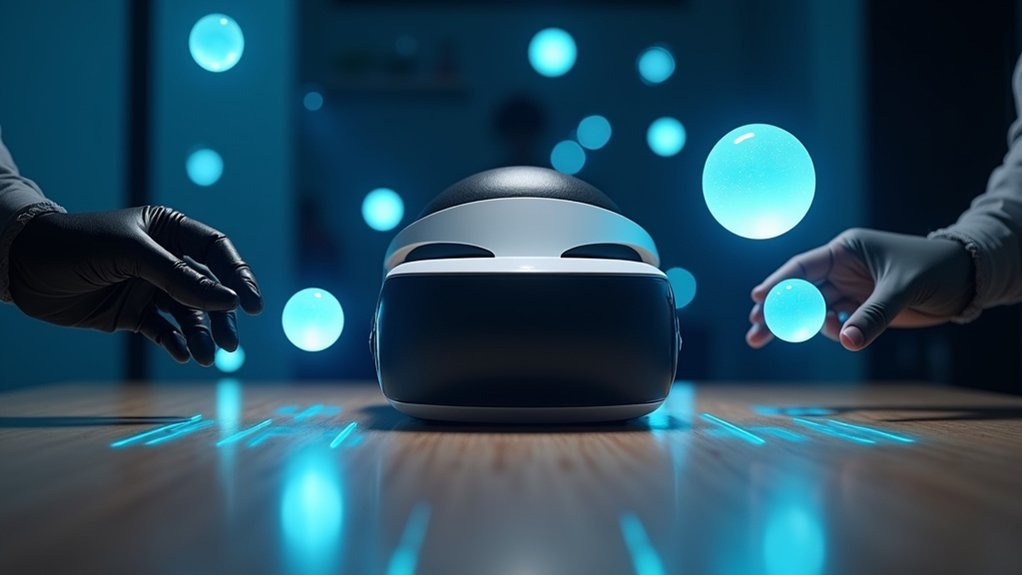
When you implement ownership-based physics control in VR, you’ll need to establish clear authority transfer mechanics that seamlessly pass object control between players based on interaction events.
Your system must include robust conflict resolution rules that prevent multiple users from simultaneously controlling the same object, typically by granting authority to the last player who engaged with it.
You’ll also want to optimize network bandwidth by using efficient state communication methods like sequence numbers to track ownership changes without overwhelming your network infrastructure.
Authority Transfer Mechanics
Since multiple players can simultaneously attempt to interact with the same physics object in VR environments, ownership-based physics control establishes clear authority by transferring control to the last player who touched or grabbed an object.
This authority transfer mechanism prevents conflicts by ensuring only one player controls an object’s physics at any given moment.
The system communicates ownership changes through state synchronization using sequence numbers, maintaining accurate representations across all clients in networked physics environments.
When you interact with an object, you’ll immediately gain responsive control without waiting for server validation, reducing latency considerably.
Effective conflict resolution rules enable seamless shifts between host and guest players.
You’ll experience smooth ownership handoffs as the system manages authority transfers automatically, ensuring fair gameplay while minimizing performance overhead in distributed simulation models.
Conflict Resolution Rules
Although ownership transfer establishes basic authority, conflict resolution rules determine how the system handles disputed interactions and authority overrides. In ownership-based physics control, you’ll encounter situations where multiple players attempt to interact with the same object simultaneously. The conflict resolution rules provide clear hierarchies for these scenarios.
Host override authority represents the primary conflict resolution mechanism. When disputes arise in networked physics, the host can immediately take control from any guest player, ensuring smooth gameplay without delays. This prevents deadlocks and maintains system stability.
You’ll implement sequence numbers to track state changes and validate authority transfers. These timestamps help resolve conflicts by establishing interaction order.
The synchronization process relies on explicit state communication, allowing your system to maintain consistency across all connected players while preserving the cooperative experience.
Network Bandwidth Optimization
| Technique | Data Reduction | Update Frequency |
|---|---|---|
| Essential Data Only | 70-80% | 60 Hz |
| Delta Compression | 85-90% | Variable |
| Single-bit Encoding | 95%+ | On-demand |
Delta compression maximizes efficiency by transmitting only state differences between frames. This approach, combined with rapid 60Hz updates, guarantees responsive VR experiences while conserving network resources effectively.
Bandwidth Optimization Strategies
Anyone developing VR physics synchronization systems quickly discovers that bandwidth becomes the critical bottleneck when multiple users interact with dynamic objects in real-time.
You’ll need smart bandwidth optimization strategies to maintain smooth networked physics performance across multiple participants.
Effective compression techniques can dramatically reduce your data transmission requirements:
- Implement delta encoding to transmit only state differences between frames
- Use single-bit encoding for at-rest objects to minimize static object overhead
- Apply quantization methods to compress position and velocity data efficiently
- Send low-rate simulation snapshots (up to 10Hz) with client-side interpolation
- Deploy lossless compression for stationary cubes to maximize bandwidth savings
These strategies allow you to support more concurrent users while maintaining responsive physics interactions.
Proper implementation guarantees your VR environment remains fluid despite network constraints.
Frequently Asked Questions
What Video Game Has the Most Realistic Physics?
You’ll find Kerbal Space Program offers the most realistic physics through authentic orbital mechanics and rocket science calculations. It’s followed closely by Red Dead Redemption 2’s detailed environmental simulations and weather effects.
What Is the Best Physics-Based VR Game?
You’ll find “Half-Life: Alyx” stands as the best physics-based VR game. It’s got incredibly realistic object manipulation, environmental interactions, and immersive mechanics that make you feel like you’re truly inside the game world.
How Much Does Physics Playground Cost?
You can access Physics Playground completely free since it’s an open-source resource under a BSD license. There aren’t any hidden costs or licensing fees, making it accessible for all developers.
What Is the VR in Physics?
You’ll find VR in physics means integrating real-time physics simulations into virtual reality environments. This creates realistic object interactions, natural gravity effects, and lifelike collision responses that make your virtual experiences feel genuinely immersive.
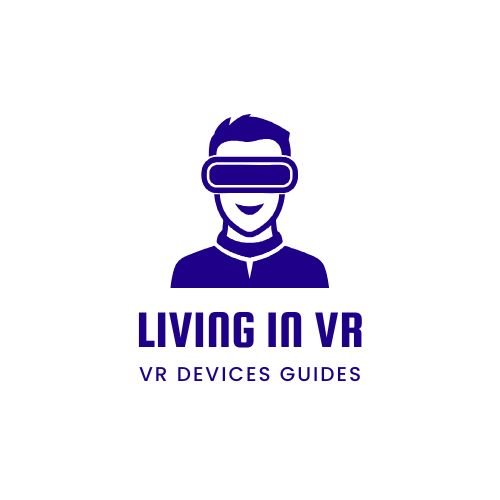
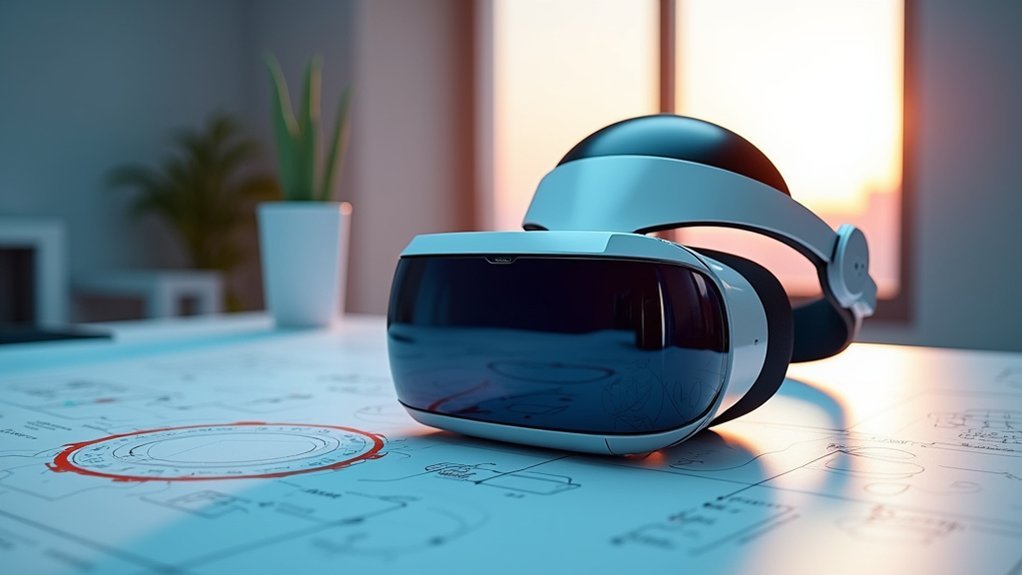
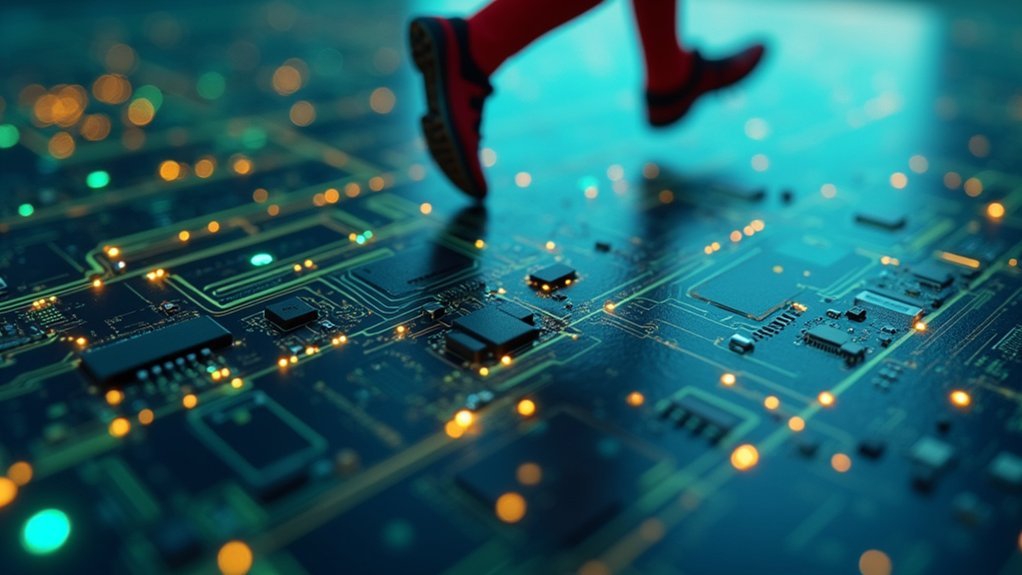
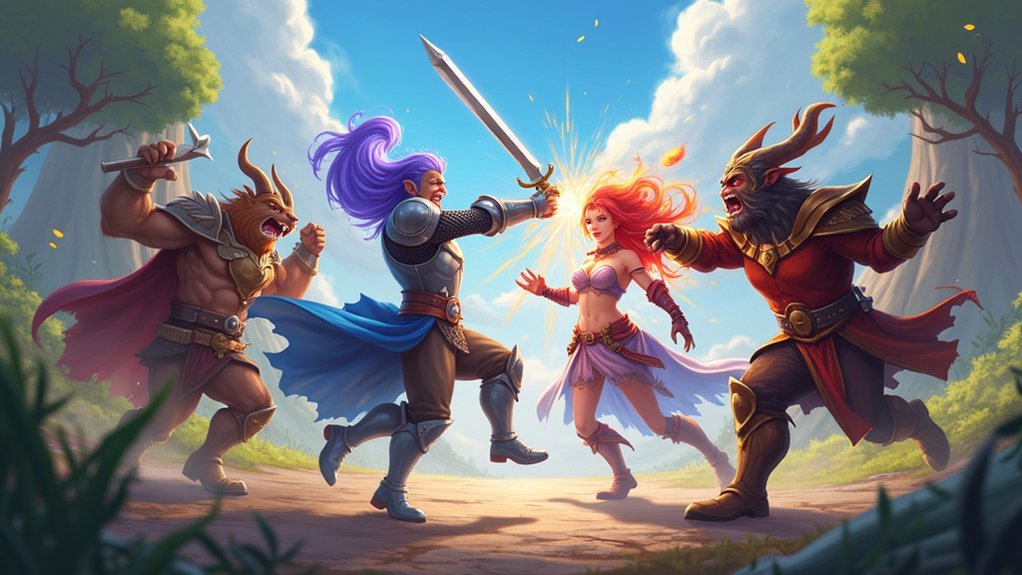
Leave a Reply